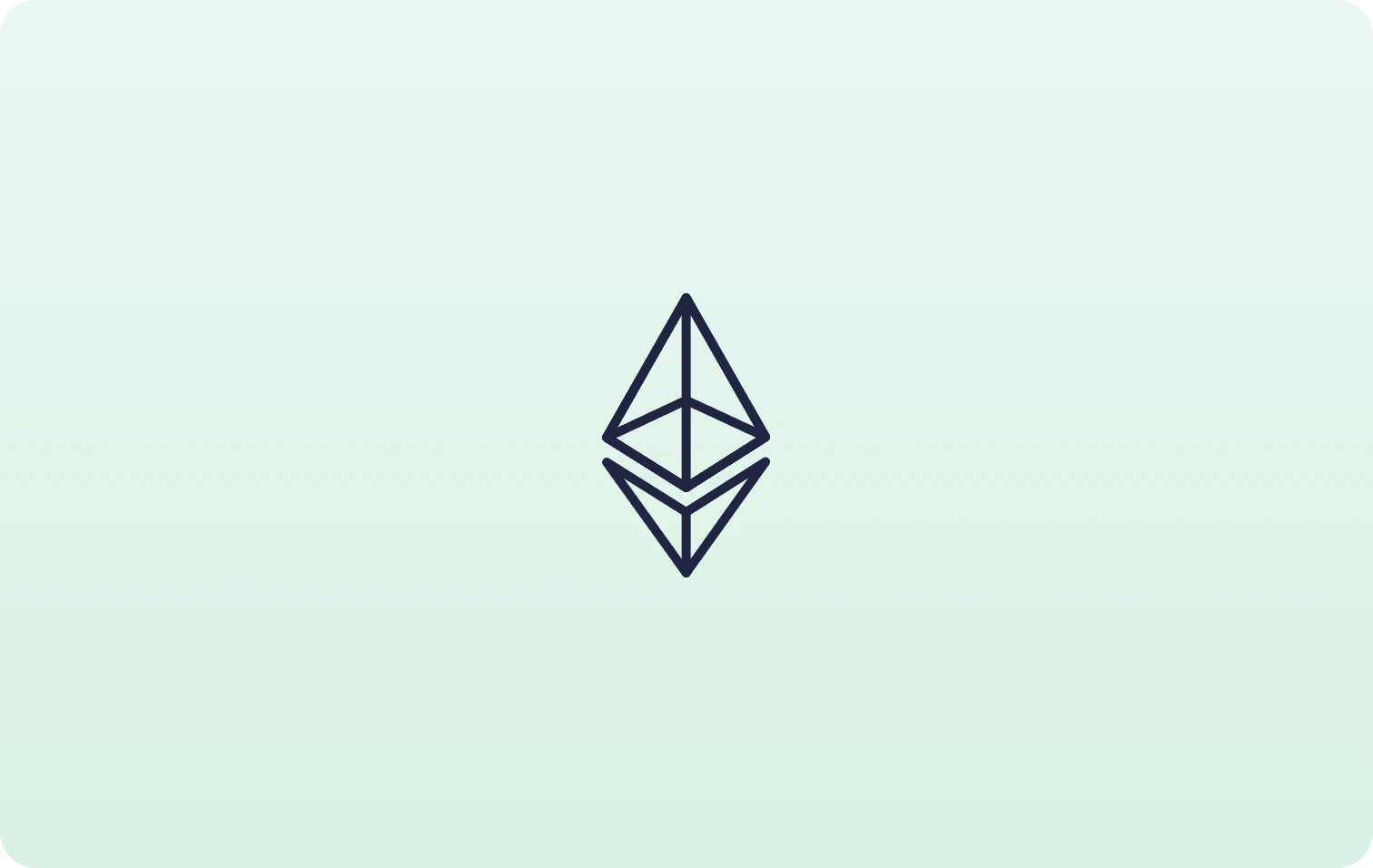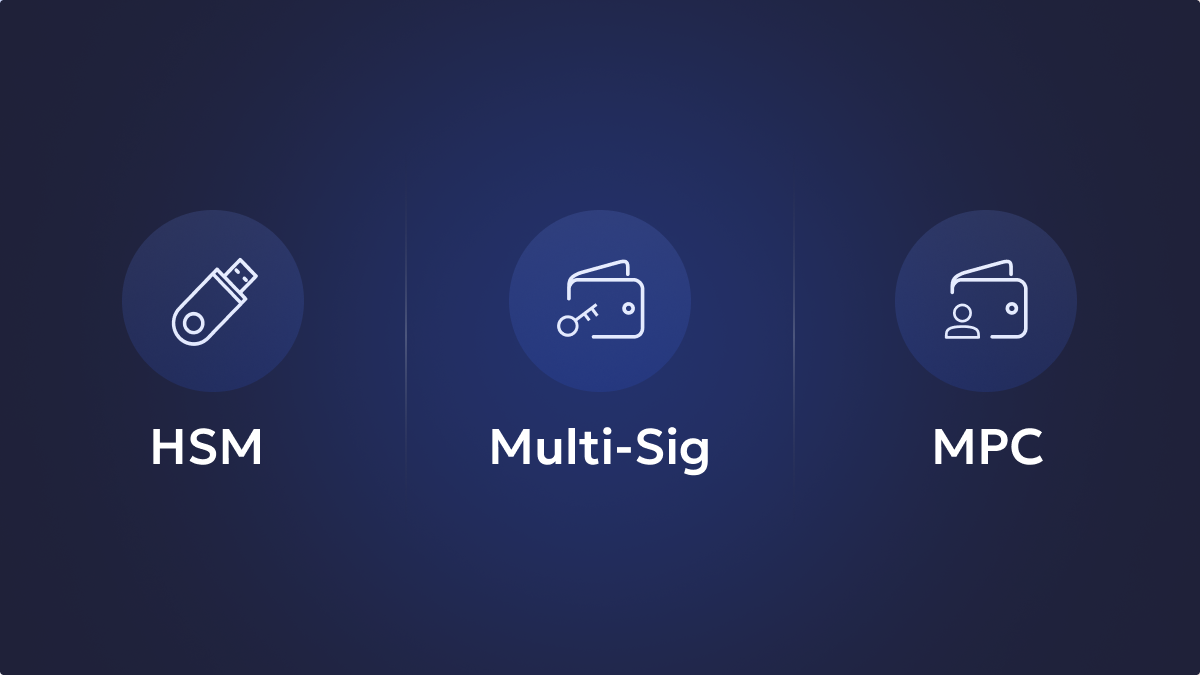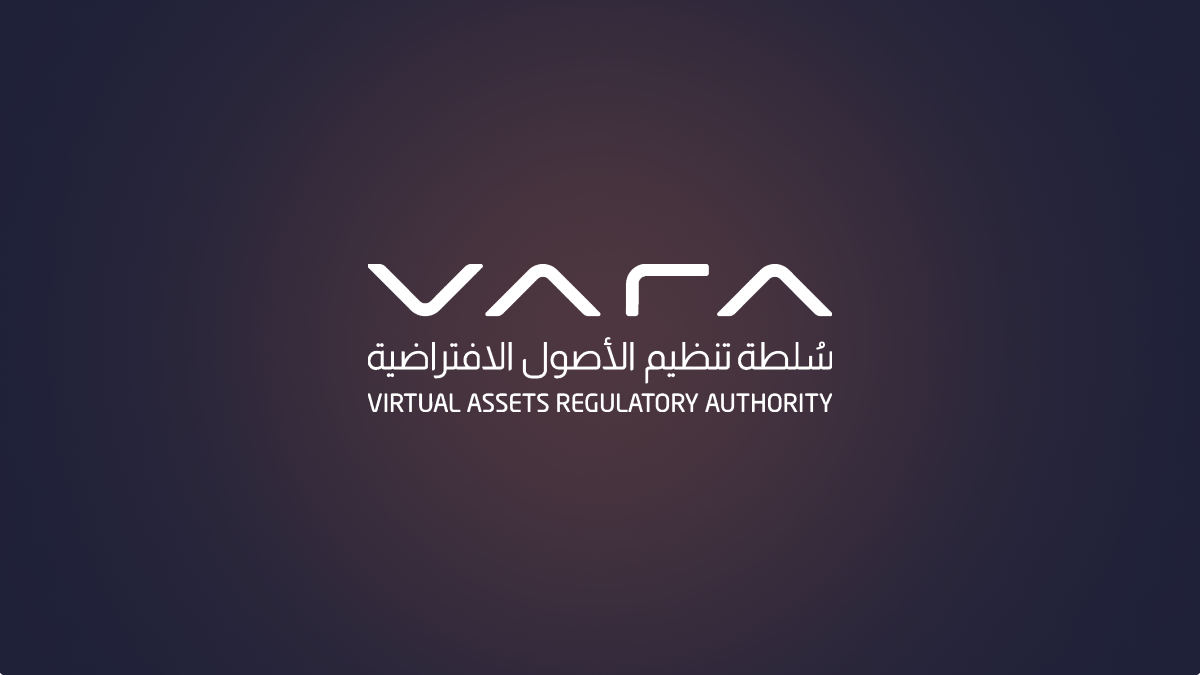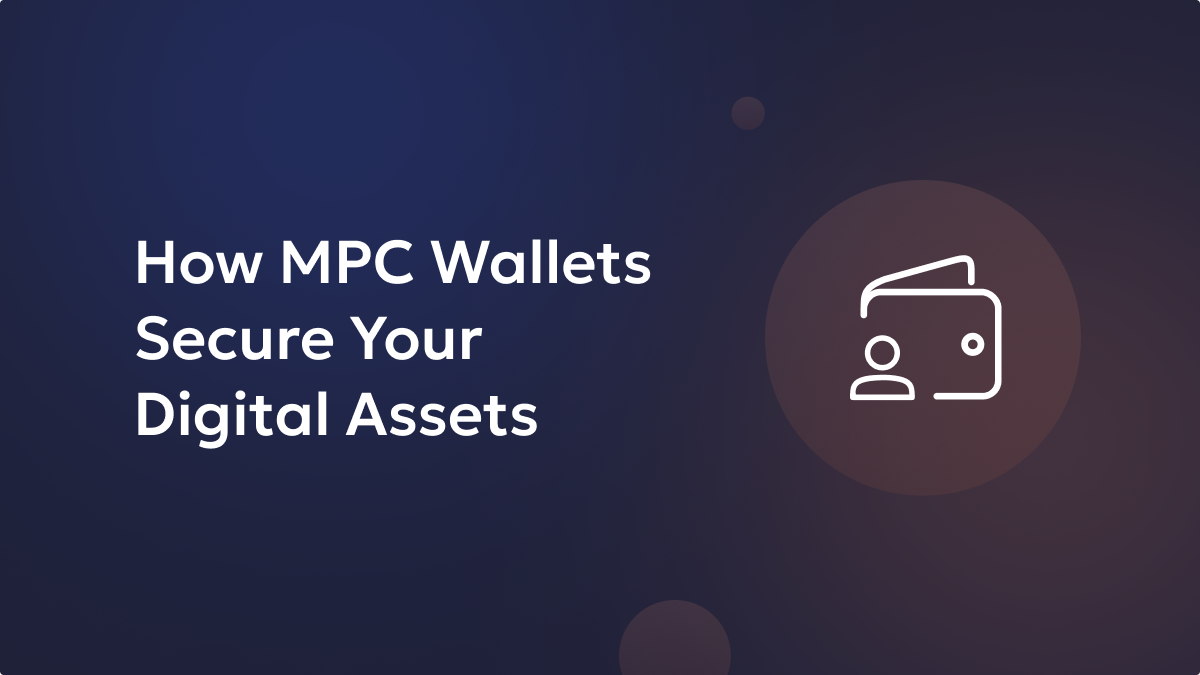You must have paid a cut or a fee while transacting over the Ethereum blockchain. That fee is also referred to as “gas”. You might be wondering, what is gas? What is the gas fee? Or, why does it cost so much? What is GFS? Or, how can you bring down gas costs? How can you calculate gas fees? Before answering all your questions, let’s understand some of the key concepts related to Ethereum Gas fees.
Key Takeaways
- Users pay gas fees to execute a wide range of functions on the Ethereum blockchain.
- Gas fees are used to compensate miners in order to process and validate transactions on the Ethereum blockchain.
- The gas prices fluctuate based on the demand and supply for the network’s validation requests.
What is Gas Fees?
Gas is a metric or a unit of measurement that helps determine the net amount of computational effort needed to process and execute a set of operations or transactions on any blockchain.
Unlock the potential of digital assets for your institution
What Is ETH (Ethereum) Gas Fee?
The ETH gas fee is a specific amount charged on every transaction executed over the Ethereum network. But, why do you need Eth Gas? Paying gas fees is essential since processing transactions over the distributed network is a computationally intensive task.
Gas fees are utilized by Ethereum Virtual Machine EVM to deploy, execute, and manage smart contracts in a decentralized way. Whether the transaction was successful or a failure, you are required to pay the transaction fee. Gas fees are essential because without charging gas fees – the Ethereum blockchain network won’t be able to function properly.
On the Ethereum blockchain, the gas fee is denominated in small fractions of the ETH (ether) also known as ‘Gwei’ (1 billion Gwei = 1 ETH or 1 ETH is equal to 1 quintillion wei.).
Secure and manage your digital assets with Liminal
How to Calculate ETH Gas Fee
The gas fee is essential for conducting any kind of transaction on the open-source Ethereum blockchain. As a user, you are required to have ETH in your wallet to pay for prevailing gas fees. The three major components of the Ethereum gas fee are: Gas unit (limits), Base Fee, and Tips.
Formula
Total Fee = Gas unit (limits)*(Base fee + Tip)
Base Fee:
According to the latest EIP-1559 proposal, crypto-users are required to pay a base fee. The base fee won’t be that high; in fact, it is expected to be in accordance with the minimum amount of gas required to execute a transaction, include the transaction in consecutive blocks, and prioritize operation.
Priority Fee:
In order to prioritize operations, you’re required to pay a priority fee. Priority fee act as a tip for the miner. It incentivizes miners to process the transaction in less time. As a crypto-user, you can set the priority fee’s value. The priority fee’s value will determine how quickly you want your transaction to go through.
Gas Limit:
The gas fee has an upper limit and a lower limit. As a crypto-holder, the maximum number of units of gas you are willing to pay solely to carry out the transaction on a priority basis on the Ethereum network is called the gas limit. On the other hand, to send an ETH across the Ethereum network, you are required to pay 21,000 Gwei (a standard minimum cost).
Example:
For instance, consider you want to send 1 ETH to your partner. The gas limit is 21,000 units, the base fee is 100 Gwei, and you included a tip of 10 Gwei.
Total Fees = 21,000 x (100 + 10) = 2,310,000 Gwei, or 0.00231 ETH.
When you send the ETH, 1.00231 ETH gets subtracted from your wallet. Your partner will receive 1.0000 ETH. Out of which, the miner receives the tip of 0.00021 ETH, plus 0.0021 ETH gets burned.
Why are ETH gas fees so high?
ETH gas price heavily depends on the complexity of the transaction, total transaction amount, and network congestion. The price is never fixed. It changes with the market demand. If you’re looking forward to transacting a significant amount or conducting a complex transaction based on multiple parameters, then you’re likely to pay a significantly high gas cost. Other than that, if the network demand is all time high as well as when the network is more congested than usual, the gas prices are expected to go up. In comparison to other types of crypto-transaction, code-based complex smart contracts usually demand more gas which means higher gas cost – to run on top of the Ethereum blockchain.
When are ETH gas prices lowest?
The gas price is lowest on weekdays, specifically at midnight. Apart from that, you will ETH gas price at its lowest on weekends between 2AM to 3AM (EST). To learn more, you can visit here.
How to reduce your gas cost?
There are no ways available to avoid the gas fees completely. But there are ways to reduce the gas fee when using the Ethereum blockchain.
- Gas fees shoot up when more users are trying to interact with the Ethereum network. You can use the network on weekends if usage is significantly low.
- It would help if you choose the right time to transact over the network as well as be patient. Try to transact over the Ethereum mainchain when demand for network resources is low.
- You can set a max fee limit on each and every transaction executed over the network. By setting your max fee limit, you tell the Ethereum blockchain that to conduct the transaction, you are willing to spend X amount of gwei at most as your total gas fee. You don’t end up paying more than you’re required to for a particular set of transactions or operations.
- Or else, you can employ other upgraded Layer 2 scaling solutions that are built on top of the Ethereum blockchain. Layer 2 scaling solution improves the overall efficiency of the network and saves on gas fees. Additionally, it eases the network congestion issue, reducing gas costs.
Prior to executing the transaction and transferring your ETH, you can monitor the real-time gas price using the following tools:
- Etherescan
- Blocknative ETH Gas Estimator
- ETH Gas Station
Another way to minimize the net gas cost is by setting a tip. On the Ethereum blockchain network, you can set a tip for the miner. It is used to denote the priority level of your transaction. Since miners are directly benefiting from the tip, they are likely to work on your transactions and execute them quickly.
If your on-chain transaction is not that time-sensitive, then you can opt for a lower tip amount. If you’re reducing the tip amount or the priority level, then you are likely to bring down the gas price.
Conclusion
As we’ve seen before, extreme swings in crypto prices are the result of rapid development across the crypto industry. Even though cryptocurrencies are extremely volatile, still developments such as ETH gas fees offer a reason to keep cryptocurrencies such as Ethereum on numerous investor’s and retail user’s radars. Other than that, as an ETH token-holder, you can also stake your holdings to earn varying returns over the long term.
ETH gas fees are expensive for most users. This is the reason why future updates to the core Ethereum infrastructure are expected to bring down the overall cost of conducting the transaction.
Related Articles:
Related FAQs
1 – What is the gas fee on ETH?
Gas is the fee paid to miners for processing Ethereum transactions. It’s measured in Gwei, a tiny fraction of ETH.
2 – What is the ETH gas price now?
The ETH gas price fluctuates based on network congestion. Check real-time data on platforms like Etherscan for the current price.
3 – How do I avoid gas fees on ETH?
While it’s impossible to completely avoid gas fees, you can minimize them by choosing off-peak times, using batch transactions, or considering layer-2 solutions.
4 – Why are ETH gas fees high?
High gas fees occur when the Ethereum network is congested due to increased transaction volume, especially during popular NFT mints or DeFi activities.
5 – How much is the ETH transaction fee?
The ETH transaction fee varies based on gas price and the complexity of the transaction. It can range from a few cents to several dollars.
6 – How much is the ERC20 gas fee?
ERC20 token transfers usually have lower gas fees compared to smart contract interactions. However, the exact fee depends on network congestion and the specific token.
7 – What time of day is ETH gas cheapest?
Gas fees tend to be lower during off-peak hours, typically late at night or early morning in your time zone.
8 – How is gas fee calculated for ETH?
The gas fee is calculated by multiplying the gas limit (amount of computational work) by the gas price (Gwei per unit of gas). The total fee is paid in ETH.






